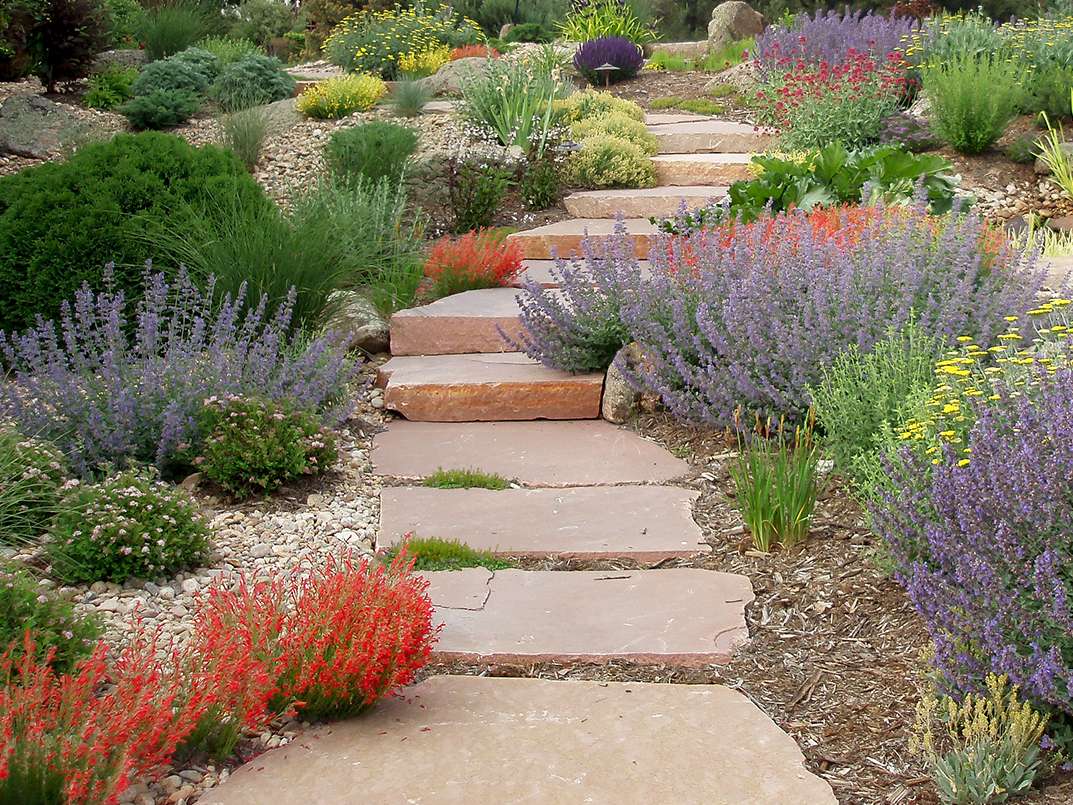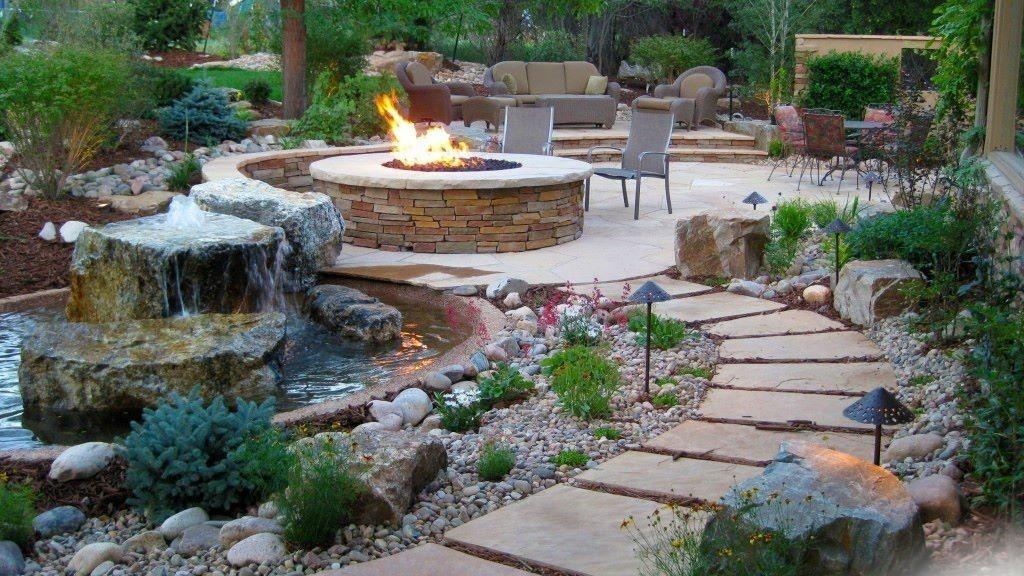Drought-Resistant Landscaping: A Smart Guide for Beautiful, Water-Saving Gardens
Introduction
In many parts of the world, water is becoming scarce. Gardeners and homeowners are increasingly turning to drought-resistant landscaping to save water while still enjoying lush, vibrant gardens. Also called xeriscaping, this method uses plants and techniques that thrive in dry conditions. The result? A garden that looks beautiful, costs less to maintain, and helps the environment.
What is Drought-Resistant Landscaping?
Drought-resistant landscaping means designing a garden with plants that can survive with minimal watering. These plants have special features that help them conserve moisture, such as thick leaves, deep roots, or the ability to store water. Along with smart soil preparation, mulching, and efficient irrigation, drought-resistant landscaping creates a green, thriving space that works with nature instead of against it.
Drought-resistant landscaping is important. It helps save water. It also keeps gardens green and beautiful. Many places face water shortages. This type of landscaping is a great solution.

Credit: www.ecohome.net.
Key Benefits of Drought-Resistant Landscaping
1. Water Conservation
The biggest benefit is saving water. Traditional lawns need frequent watering, but drought-tolerant plants thrive with little irrigation. This is especially helpful in regions with water restrictions or frequent droughts.
2. Cost Savings
Less water means lower utility bills. You’ll also spend less on fertilizers, pesticides, and constant plant replacements. Over time, a drought-resistant garden pays for itself.
3. Low Maintenance
If you’re busy, this is a dream garden style. Drought-tolerant plants often need less trimming, watering, and general care. That means more time to enjoy your outdoor space.
4. Eco-Friendly Landscaping
By choosing plants that naturally grow well in your area, you reduce the need for chemicals and heavy watering. This helps the soil, supports pollinators, and lowers your environmental impact.
Choosing the Right Drought-Tolerant Plants
Picking the right plants is the foundation of a successful xeriscape. While choices depend on your climate, here are some favorites:
-
Succulents & Cacti – Store water in their leaves and require almost no maintenance.
-
Lavender – Fragrant, hardy, and adds color while attracting bees.
-
Sage – A tough herb that doubles as a culinary favorite.
-
Thyme – Works as a groundcover and adds flavor to meals.
-
Yucca – Striking structure and very low water needs.
-
Native Plants – Local species are naturally adapted to survive with minimal watering.
💡 Pro Tip: Visit local nurseries to find plants that thrive naturally in your region.
Soil Preparation
Good soil helps plants grow strong. Healthy soil holds water well. Adding compost improves soil quality. It increases nutrients and helps drainage.
Mulching
Mulch is a layer on top of soil. It helps keep moisture in. Mulch prevents weeds. It also looks nice. Use organic mulch like bark or straw.

Credit: www.ecohome.net
Irrigation Techniques
Smart watering helps save water. Drip irrigation is one option. It delivers water directly to roots. It uses less water than sprinklers.
Design Tips for Drought-Resistant Gardens
Plan your garden design carefully. Group plants with similar water needs. This makes watering easier. Use rocks and gravel for decoration. They add beauty without using water.
Create shaded areas. Shade reduces water loss. It helps plants stay cool. Use trees or structures for shade.
Maintaining Your Drought-Resistant Garden
Regular care keeps gardens healthy. Check plants for pests. Remove dead leaves and flowers. Prune plants as needed. This helps them grow better.
Frequently Asked Questions
What Is Drought-resistant Landscaping?
Drought-resistant landscaping uses plants and designs that need little water to survive.
How Do Drought-resistant Plants Save Water?
These plants store water or reduce water loss, needing less irrigation.
Which Plants Work Best For Drought-resistant Gardens?
Succulents, lavender, sage, and native grasses are great drought-resistant choices.
Can Drought-resistant Landscaping Reduce Water Bills?
Yes, using drought-tolerant plants lowers outdoor water use and cuts costs.
Conclusion
Drought-resistant landscaping is smart and eco-friendly. It saves water and money. It requires less maintenance. Choose the right plants and prepare soil well. Use smart irrigation and design tips. Enjoy a beautiful garden that lasts.
4 min read
